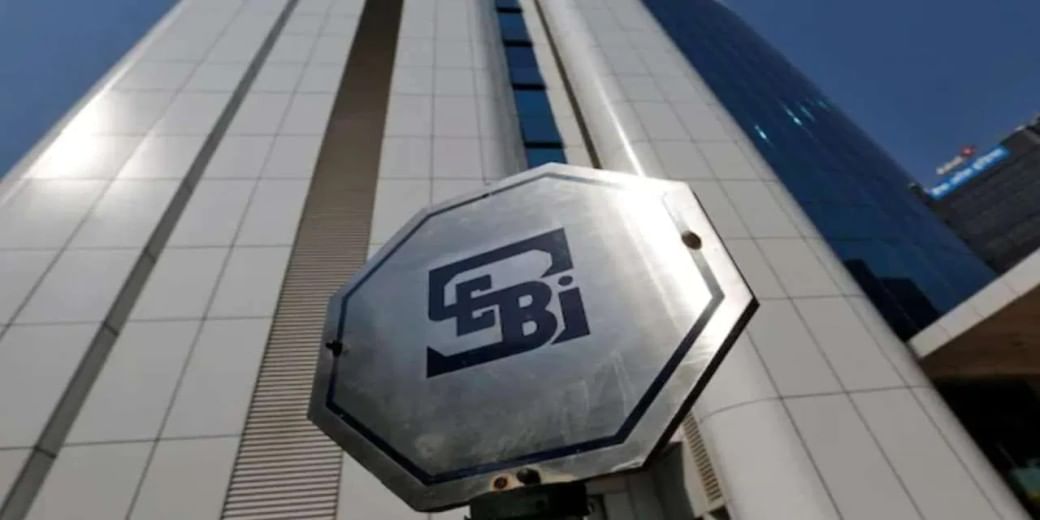SEBI wants a common expense ratio structure for all mutual funds
Calculated as a percentage of the average Net Asset Value of the fund, TER subsumes expenses like legal, brokerage and management salaries, marketing and research expenses among others

Market watchdog SEBI is contemplating standardising the total expense ratio (TER) structure across all mutual funds schemes. For the uninitiated, TER refers to the total fees or charges that any AMC charges its unitholders for managing and running the fund.
Calculated as a percentage of the average Net Asset Value (NAV) of the fund, TER subsumes expenses like legal, brokerage and management salaries, marketing and research expenses among others.
What is the current situation?
The current TER structure is scheme-based and AUM based. Additionally, SEBI allows AMCs to charge four expenses to the investor, which are outside the purview of this TER. This includes brokerage and transaction fees, which is calculated at 0.12% of the trade value, if the same took place in the cash market. For the derivatives market, this stands at 0.05%. In case a fund has provision of an exit load, an additional 0.05% is charged on daily net assets.
What does SEBI want?
It wants the TER to now be levied at an AMC level.
Over the last 5 years, the MF industry has seen exponential growth. As of March 2023, there were 3.77 unique investors in the country. Their investment in mutual funds had zoomed in by 180% between 2017-2023. Notably, retail investors allocate about 57.18% of their investments to equity, while the corporate sector, with 51.75% of their investments in debt, lean otherwise.
SEBI noted that the benefit of bargaining TERs lied almost exclusively with corporates, thereby giving them the advantage of availing lower TERs. But the same was not being reflected for equity investors. To strengthen investors welfare in the mutual fund ecosystem, the watchdog is prominently advocating for:
1. Combining all the aforementioned charges within TER. That means that when one mentions TER, it should be the sum total of all expenses incurred by the investor, including brokerage, securities transaction tax (STT) and more.
2. Doing away with the 0.05% additional expenses on daily net assets for funds having exit load provisions.
3. Harmonising each and every expense in a regular and direct plan. The only remaining expense distinction between the two should be the distribution commission paid under the regular plan.
Says Gaurav Rastogi, founder and CEO Kuvera.in, an online wealth management platform, “SEBI’s focus on reducing and homogenizing TER makes sense. Their own analysis shows that 66% of lower TER Direct Plans beat their benchmark in the last 10 years versus only 40% of higher TER Regular plans. Global evidence also shows that lower TER is the only predictor of better long term return outcomes. Through various measures SEBI is trying to create a uniform TER environment so that AMCs can focus on competing purely on generating alpha.”